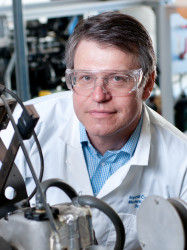BibTex format
@article{Charalambides:2017:10.1016/j.apenergy.2017.11.010,
author = {Charalambides, AG and Sahu, S and Hardalupas, I and Taylor, AMKP and Urata, Y},
doi = {10.1016/j.apenergy.2017.11.010},
journal = {Applied Energy},
pages = {288--302},
title = {Evaluation of Homogeneous Charge Compression Ignition (HCCI) autoignition development through chemiluminescence imaging and Proper Orthogonal Decomposition},
url = {http://dx.doi.org/10.1016/j.apenergy.2017.11.010},
volume = {210},
year = {2017}
}

